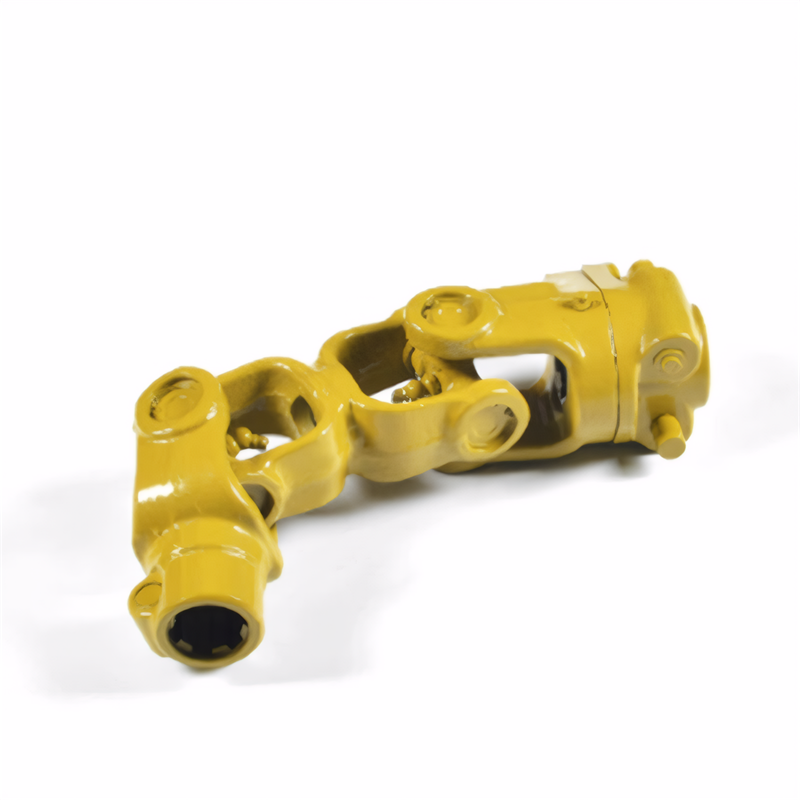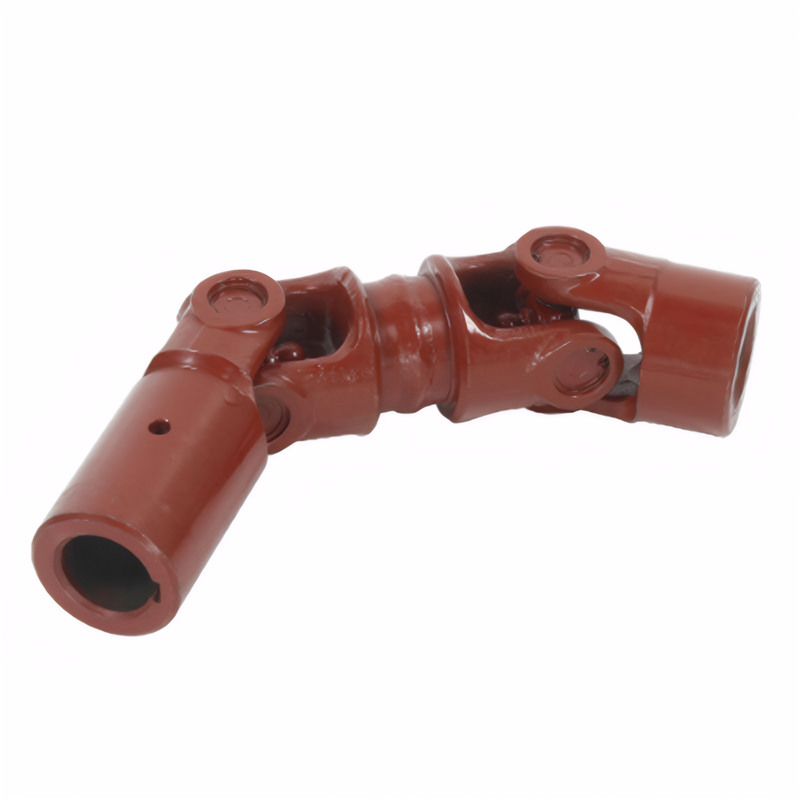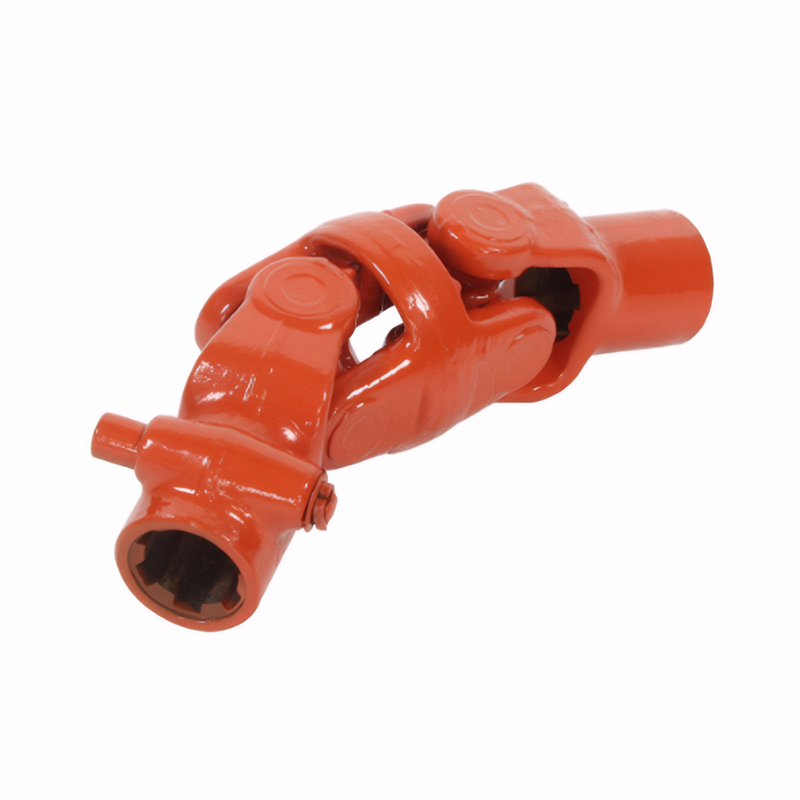Detection standards for the runout of drive shafts
Comprehensive Guide to Transmission Shaft Runout Detection Standards
Understanding Transmission Shaft Runout and Its Importance
Transmission shaft runout refers to the deviation of the shaft's rotational axis from its ideal straight - line path during rotation. This deviation can cause a series of problems in a vehicle's drivetrain system. Excessive runout leads to abnormal vibrations, which not only affect the driving comfort but also accelerate the wear of related components such as bearings, universal joints, and gears. Moreover, it can result in power transmission inefficiency, reducing the overall performance of the vehicle. Therefore, accurate detection and control of transmission shaft runout are crucial for ensuring the normal operation and long - term reliability of the vehicle.
Industry - Specific Runout Detection Standards
Automotive Industry Standards
In the automotive field, different types of vehicles have distinct runout standards for transmission shafts. For small passenger cars, the runout of the transmission shaft usually should not exceed 0.2 - 0.5 mm. This strict standard is due to the high - precision requirements of passenger cars for driving comfort and component durability. In medium - sized passenger cars, the acceptable runout range is generally between 0.3 - 0.6 mm. For large commercial vehicles, considering their larger size and heavier load - bearing capacity, the runout standard is approximately 0.5 - 1.0 mm. These standards are established through extensive experimental research and practical application, aiming to balance the performance requirements and cost - effectiveness of different vehicle types.
Agricultural Machinery Standards
Agricultural machinery, such as tractors and harvesters, also has specific requirements for transmission shaft runout. For example, in some agricultural light - duty trucks, the maximum radial runout of the transmission shaft tube should not be greater than 0.5 mm. If the runout exceeds this value, it may cause severe vibrations during high - speed operation, affecting the normal work of agricultural machinery and potentially leading to safety hazards.
Detection Methods and Tools for Transmission Shaft Runout
Using Dial Indicators
A dial indicator is a commonly used and precise tool for measuring transmission shaft runout. To use it, first, support the transmission shaft on a stable platform, such as a V - block. Then, attach the dial indicator to a fixed support and position its measuring head so that it lightly touches the surface of the transmission shaft. Slowly rotate the transmission shaft by hand or using a suitable driving device, and observe the movement of the dial indicator's pointer. The maximum difference between the highest and lowest readings of the pointer during one full rotation of the shaft represents the runout value. This method is relatively simple and cost - effective, suitable for on - site detection in workshops and maintenance facilities.
Laser Alignment Systems
Laser alignment systems offer high - precision and non - contact measurement capabilities. These systems use laser beams to project a reference line onto the transmission shaft, and sensors detect the deviation of the shaft's surface from this reference line. By analyzing the data collected from multiple measurement points around the shaft, the system can accurately calculate the runout value. Laser alignment systems are especially useful for detecting runout in large - scale and complex transmission shafts, as they can provide real - time measurement results and are less affected by environmental factors such as vibration and dust.
Digital Measuring Instruments
Digital measuring instruments combine the functions of traditional mechanical measuring tools with digital technology. They can directly display the measured runout value on a digital screen, eliminating the need for manual reading and reducing measurement errors. Some advanced digital measuring instruments also have data storage and analysis functions, allowing users to record multiple measurement results and analyze trends over time. This is beneficial for tracking the wear and degradation of transmission shafts and predicting potential failures.
Factors Affecting Runout Detection Results and Corrective Measures
Manufacturing Defects
Manufacturing defects, such as uneven material distribution, improper heat treatment, and machining errors, can cause inherent runout in transmission shafts. To address this issue, manufacturers should strictly control the production process, including raw material inspection, machining accuracy, and heat treatment parameters. For example, using high - precision CNC machining equipment can ensure the dimensional accuracy and surface quality of the transmission shaft. Additionally, non - destructive testing methods, such as ultrasonic testing and magnetic particle inspection, can be used to detect internal defects in the shaft before assembly.
Installation Errors
Incorrect installation of the transmission shaft can also lead to abnormal runout. Common installation errors include improper alignment of the shaft with the transmission and differential, loose connection bolts, and misalignment of universal joints. During installation, technicians should follow the manufacturer's instructions carefully, use appropriate alignment tools, and ensure that all connection parts are tightened to the specified torque. After installation, a runout test should be conducted to verify the correctness of the installation. If runout is detected, the installation should be re - adjusted until the runout value meets the standard requirements.
Wear and Tear
Over time, the transmission shaft and its related components will experience wear and tear, which can affect the runout. For example, worn bearings can cause the shaft to deviate from its original position, resulting in increased runout. Regular maintenance and inspection are essential to detect and address wear - related issues in a timely manner. During maintenance, components such as bearings, universal joints, and seals should be inspected for signs of wear, and worn parts should be replaced promptly. Additionally, proper lubrication can reduce friction and wear, extending the service life of the transmission shaft and its components.
 Accuracy requirements for the
Accuracy requirements for the
 Selection of universal joint t
Selection of universal joint t
 Standard for coaxiality error
Standard for coaxiality error
 Requirements for the surface r
Requirements for the surface r
 简体中文
简体中文 English
English
